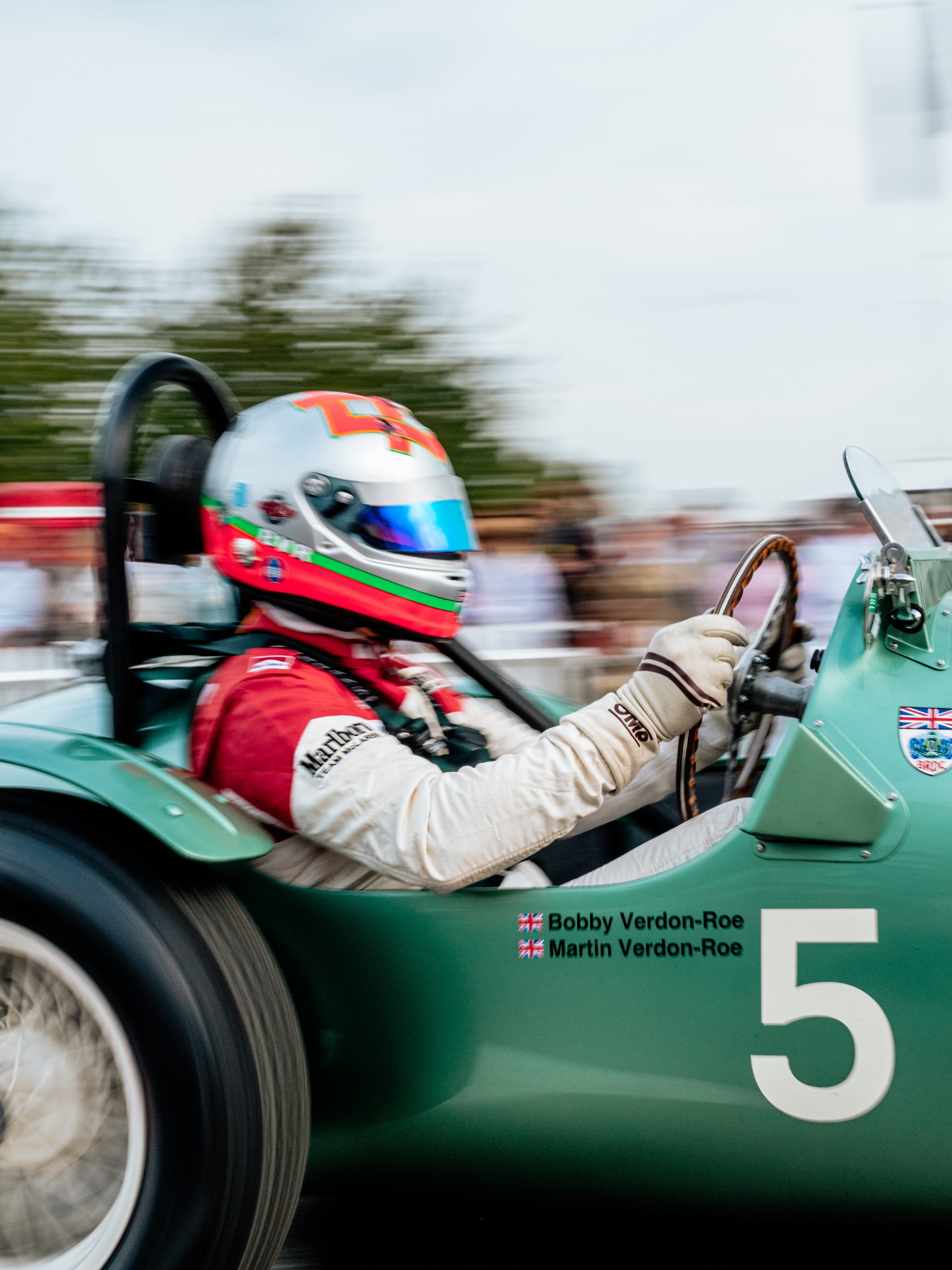John Simister: Jaguar E-type – what do you look for in the most iconic classic?
 John Simister
John Simister
The Jaguar E-type. Yesterday, I visited the London Classic Car Show, which was full of the things. Many are the companies that restore them, vying with each other to make them the smoothest, the shiniest, the tightest of panel gap, the most perfect… and the most expensive.
That's what happens when a car is so set in the automotive psyche, a car that became so quickly a symbol of… what? Speed? Sex? Attainable freedom, albeit nowadays only for those rich enough not to worry about its lack?
In his extraordinary book on the social history of the motor car, Drive On!, the late and great LJK Setright said of the E-type that 'in the early 1960s [it] appeared to make possible for the first time the enjoyment of performance standards previously the jealously kept preserve of outlandishly costly and impractical machinery'. Jaguars back then were always amazing value for money – the company was founded on that aim – so it's ironic that a good E-type is today so expensive.
But then you compare it with the prices asked today for fine examples of the cars it undercut in the 1960s – Ferraris, Maseratis, Aston Martins – and you discover that, proportionally, maybe it still represents the same good value. That's the way of today's high-end world of classic cars.
You may wonder what is new about this observation. Well, it was triggered by two tatty, neglected, barn-abandoned examples offered for sale at the show. Both were early roadsters (the most coveted version), one a 1961, the other a 1962. Both needed 'complete restoration', although they looked quite intact to me and it would be quite fun to run them looking as they currently do. And both required their buyers to part with over £100,000.

That's what you paid for a near-perfect example not very long ago at all. These cars weren't even about keeping the patina, because they were mostly past the stage where that was possible. With these cars, it's either rat-look or full resto. And at £100K before you've done a thing, rat-look would be a very brave approach to adopt.
I have a friend normally the epitome of caution and prudence – he's a bank manager in the day job, of the old-school, dependable sort – who bought an E-type last year. It broke all the rules, being someone else's abandoned restoration in pieces, with no guarantee that all the panels matched and would fit together properly, every chance that a vital piece was missing somewhere.
He paid £35,000, figuring that with the expertise of the restoration company for which he works a day a week, replenishing the soul sucked out by the bank, he could create a fine example and maybe turn a bit of a profit. No need; almost immediately a customer of the company offered to buy it for rather more than £35K, and then commissioned its completion. It will be lovely, and everyone wins.
So everyone loves an E-type. What sort of E-type, though? Some seek to make an E-type what it originally wasn't, by fitting bits of modern machinery such as an enlarged and muscled-up engine, power steering, a five-speed gearbox, bigger brakes, air-conditioning, a super-duper stereo. Maybe the suspension geometry will get changed to alter the dynamic sensations and make the Jaguar feel more modern, less alien to those used to modern cars but who crave the E-type look. Eagle is the best-known exponent of this art, and an Eagle E-type is a beautiful thing. Robust and reliable, too.

Or you could have a brand new example of a factory 'Lightweight' racing version, these new ones also built by a part of today's Jaguar operation to a symmetrical, computer-corrected precision unattainable back in the early 1960s. So is that the perfect E-type, or is its very perfection unauthentic?
There is no right or wrong answer here. What I will say, though, is that of the dozen or so E-types I've driven over the years, the ones that I've enjoyed the most are the ones closest to the way the factory built them. Their deviations from standard have typically been nothing more than a better cooling fan and perhaps some better calipers for the front brakes, to assuage the obvious weak points, and a set of period-spec Koni dampers because they're available and they're good.
An E-type like this, be it roadster or coupé, is a lovely thing to drive. Its engine delivers easy, creamy torque with a deep growl. It has the magical mix of softness and precision about the way it changes direction and tackles bumps, unflustered as you goad it through some fast bends. I even like the precise but much-castigated Moss gearbox of the early cars, its sometimes lackadaisical synchromesh easily helped by a sympathetic driver as part of the driving-immersion process.
And if you drive one which has been well looked after and only minimally restored, you'll love the way you're wrapped by the snug seats, the way the doors shut easily against well-settled seals, the way the whole car feels all-of-a-piece with everything working in the right harmony of relative efforts. A really, really good restoration might be able to recreate this, but restorations often don't. One of those £100,000 'barn finds' could be a good place to start, but be gentle and cherish what can live again. Once originality has gone, it's gone.
Jaguar
e-type
John simister

































































